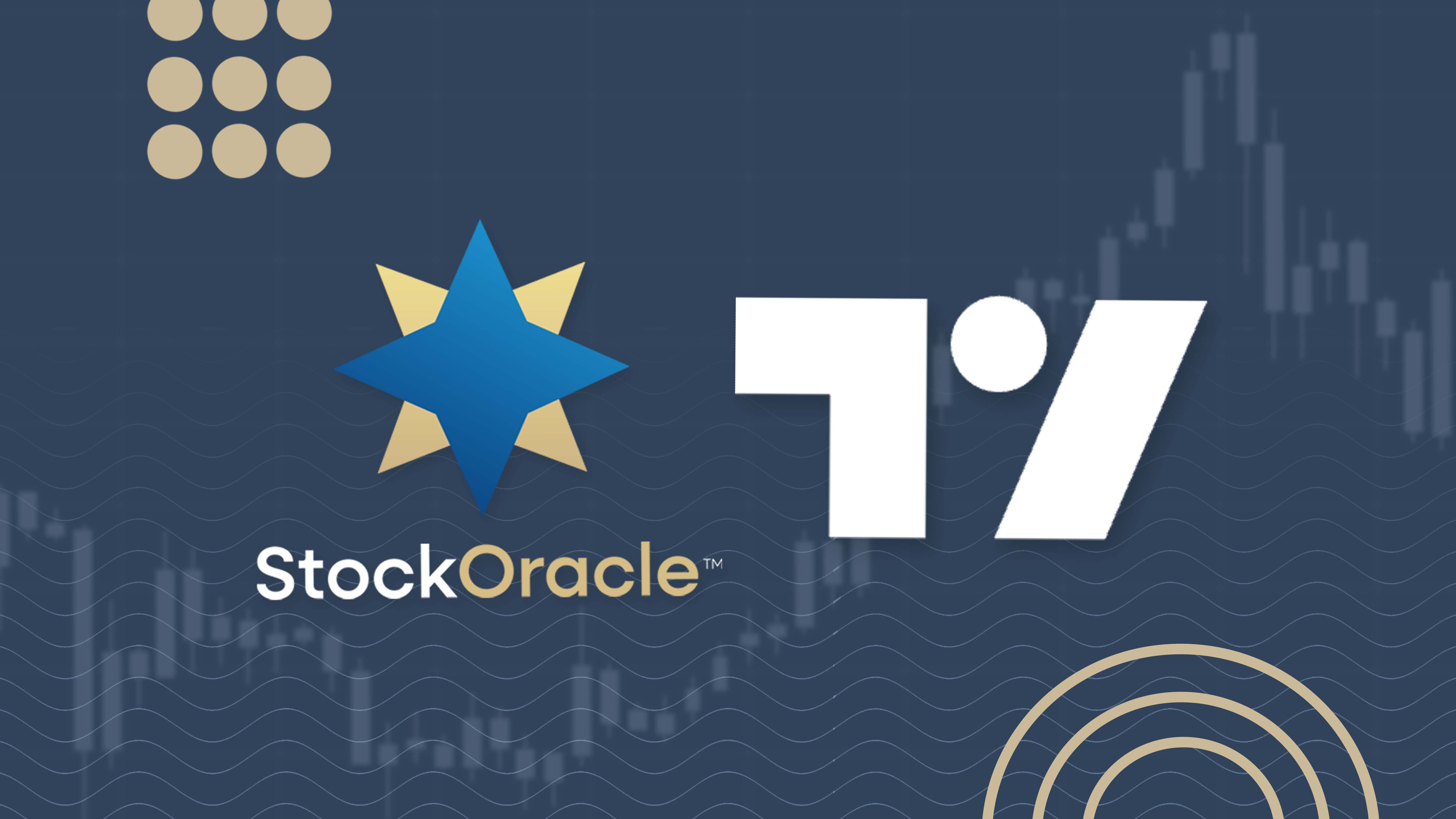What’s a Good Debt to EBITDA Ratio? A Complete Guide for Investors
By Piranha Profits TeamLast updated on August 22, 2025
For retail investors trying to judge whether a company is financially healthy, debt can feel like a double-edged sword. On one hand, borrowing allows businesses to expand faster than relying solely on retained earnings. On the other, too much debt can weigh down future profitability and even push companies toward bankruptcy.
So how do investors separate “healthy borrowing” from dangerous leverage? One of the most widely used yardsticks is the Debt-to-EBITDA ratio. This measure is simple, intuitive, and frequently cited by lenders, analysts, and rating agencies. Yet, like all ratios, it must be interpreted carefully.
This article explains what the Debt-to-EBITDA ratio is, how to calculate it, why 3× is often considered the standard benchmark, how the number differs across industries, and why no single ratio should ever be the final word in evaluating a company’s debt safety.
What Is the Debt-to-EBITDA Ratio?
At its core, the Debt-to-EBITDA ratio compares the total amount of a company’s debt to its earnings before interest, taxes, depreciation, and amortization (EBITDA). The formula is straightforward:
Debt ÷ EBITDA = Debt-to-EBITDA ratio
In plain language, the result tells you how many years it would take for a company to repay all of its debt if it devoted every dollar of EBITDA to paying it down.
EBITDA itself is a proxy for operating cash flow because it reflects a company’s earnings before non-cash charges (like depreciation) and before financing and tax decisions. That’s why analysts prefer it to net income when comparing companies’ ability to service debt.
For example, if a company has $30 million in debt and generates $10 million in EBITDA, its Debt-to-EBITDA ratio is 3. This means that, in theory, the company could repay its total debt in three years if it devoted all of its operating earnings to debt repayment.
Some investors may wonder if other metrics like free cash flow (FCF) could be used instead. Although FCF is indeed a more precise measure of cash available to service debt, it can be volatile and influenced by capital expenditures. Gross profit, on the other hand, is far too narrow and ignores many real expenses, which is why it is not used in this ratio.
General Benchmarks for Debt-to-EBITDA
When analysts discuss whether a company’s leverage is “good” or “bad,” they often fall back on general ranges:
- Below 2.0: Excellent. The company has low leverage, significant flexibility, and a conservative capital structure.
- 2.0 to 3.0: Good. This is usually considered acceptable for most stable companies.
- 3.0 to 4.0: Elevated. Leverage is getting high, and investors should look carefully at other financial metrics.
- Above 4.0: Concerning. Debt may be too heavy relative to earnings, raising questions about sustainability.
But numbers alone don’t always tell the full story. For example, some firms hold debt even when generating substantial free cash flow. Why? Because borrowing can actually enhance returns if the cost of debt is lower than the returns on reinvested capital.
Another nuance is that having no debt at all is not always “best.” In periods of low interest rates, companies that refuse to borrow may be underutilizing cheap capital, while peers use debt strategically to fund growth or acquisitions.
Industry Variations in Debt-to-EBITDA
While 3× is a good indicator, it cannot be applied equally to every sector. The acceptable range depends heavily on the nature of the business.
- Technology and Software: These companies typically have high margins and low asset requirements. Many investors expect them to maintain leverage low because they can grow quickly without needing heavy borrowing.
- Utilities and Telecoms: These industries often operate safely with higher ratios. Their cash flows are highly predictable and regulated, which allows lenders and investors to tolerate greater debt loads.
- Manufacturing: Companies in this sector usually fall in the lower range. Their businesses are capital intensive but not as stable as utilities.
- Real Estate: Here, Debt-to-EBITDA is less useful, because earnings can fluctuate significantly with property sales. Analysts instead tend to look into Debt-to-NOI (Net Operating Income) or Loan-to-Value (LTV) ratios.
The logic behind these differences is simple: the more stable and predictable the cash flow, the more debt a company can possibly safely sustain.
Why Context Matters More Than a Single Ratio
Even when a company’s ratio falls within a “good” range, context is everything. Debt becomes riskier or safer depending on external conditions and internal business dynamics.
The Role of Interest Rates
Debt is far easier to manage when interest rates are low. As rates rise, however, the same level of debt can suddenly become burdensome because refinancing costs increase.
Growth Stage of the Company
Young, fast-growing firms sometimes carry higher leverage intentionally. The idea is that rapid earnings growth will reduce the ratio over time. For mature companies, however, the same ratio could be a call for concern.
Stability of EBITDA
A cyclical company like an airline or a commodity producer may maintain lower leverage because earnings could swing dramatically. A low ratio during boom years can quickly turn into a high when the cycle turns down.
Trends Over Time
An improving Debt-to-EBITDA ratio shows that the company is strengthening its balance sheet. A deteriorating trend, even from a low starting point, can signal rising risk.
StockOracle™ lets users create editable charts, like Debt-to-EBITDA trend for NVDA(Nvidia), where they can choose and compare key metrics over time.
A Broader Debt Safety Analysis Framework
To evaluate debt properly, investors can combine the Debt-to-EBITDA ratio with other metrics.
Debt-to-EBITDA (Leverage Measure)
This shows the scale of debt relative to earnings power. Under 3× is generally considered manageable for most sectors, but it is just the starting point.
Interest Coverage Ratio (Affordability)
This ratio measures how many times a company’s earnings before interest and taxes (EBIT) can cover its annual interest expense. If the ratio is 3×, it means the company generates three times the earnings needed to cover its interest payments. A level above 3 is generally considered healthy, while anything below 2 suggests vulnerability.
It is important to note, however, that the interest coverage ratio only reflects a company’s ability to service its interest payments. It does not address repayment of the debt principal itself, which still remains outstanding. In other words, the ratio measures interest affordability, not total debt reduction.
With StockOracle, users can build editable charts—like this one showing Nvidia’s rising interest coverage over the years, reaching a TTM peak of 350.34.
Cash Reserves vs. Debt (Liquidity Buffer)
Looking at the company’s cash and equivalents compared to total debt shows whether it could pay off obligations immediately if necessary. A ratio above 1 indicates it could do so. Possible warning signs appear when cash falls while debt rises.
Current Ratio (Short-Term Solvency)
This metric, calculated as current assets divided by current liabilities, reveals how well the company can cover obligations due within a year. A ratio above 1 shows that short-term assets exceed short-term liabilities.
Debt Trends Over Time
Rising debt faster than EBITDA or revenue is a sign of growing risk, even if the ratio looks fine at present.
With StockOracle™, users can build editable charts—like this one showing Nvidia’s profit , EBITDA and Debt through the years.
Debt Structure Evaluation
Understanding whether debt is short-term or long-term, fixed or floating, also matters. Short-dated debt can create refinancing risk, while floating-rate debt becomes costlier when interest rates rise.
Taken together, these factors form a more complete picture than relying solely on one metric.
With StockOracle™, investors can view the Magnificent 7’s key debt ratios at a glance.
A Practical Example: Why Debt-to-EBITDA Alone Isn’t Enough
Imagine two companies, each with a Debt-to-EBITDA ratio of 3.
- Company A has weak interest coverage at just 1.5× and is burning cash. Despite having the same ratio, this firm is in a riskier position.
- Company B also has debt equal to 3× EBITDA, but it covers interest six times over, holds significant cash reserves, and produces steady free cash flow. This company is far safer as compared to company A.
This contrast highlights an important truth: financial ratios are a starting point, not the final verdict. Debt metrics need to be read alongside the company’s broader story, the quality of its cash flows, its industry context, and management’s approach to risk. Numbers tell part of the picture, but the narrative explains whether the debt load is truly sustainable.
Why Companies Don’t Always Pay Off Debt
It is tempting to think that companies with strong earnings should simply eliminate debt. In practice, many deliberately keep it.
There are several reasons:
- Debt can fund projects that generate returns higher than the cost of borrowing.
- Interest payments reduce taxable income, creating a “tax shield.”
- Long-term, low-cost debt is often more efficient than constantly repaying and borrowing again.
The danger is not debt itself, but excessive or poorly managed debt. Problems arise when borrowing costs are too high, maturities are too short, or earnings are too volatile to support obligations.
A Balanced View for Investors
So, what’s a good Debt-to-EBITDA ratio? Generally, a level below 3 is considered healthy across most industries. But the real answer depends on context.
Prudent investors look at the full picture — combining leverage ratios with interest coverage, cash reserves, short-term solvency, debt structure, and industry norms. They also pay attention to whether a company’s leverage is improving or deteriorating over time.
By taking this broader approach, investors can avoid the trap of oversimplifying debt analysis. The goal is not to avoid debt entirely, but to recognize when a company is using it wisely — and when it is sailing too close to the edge.
Related

When you analyze a company's financial health, it’s easy to get lost in a sea of metrics. But if ...

When you search a company on StockOracle™, you'll be greeted with a TradingView chart in the top ...

What is OracleIQ™ OracleIQ™ is like a visual health check for any U.S. stock. Instead of sifting ...


.png)


